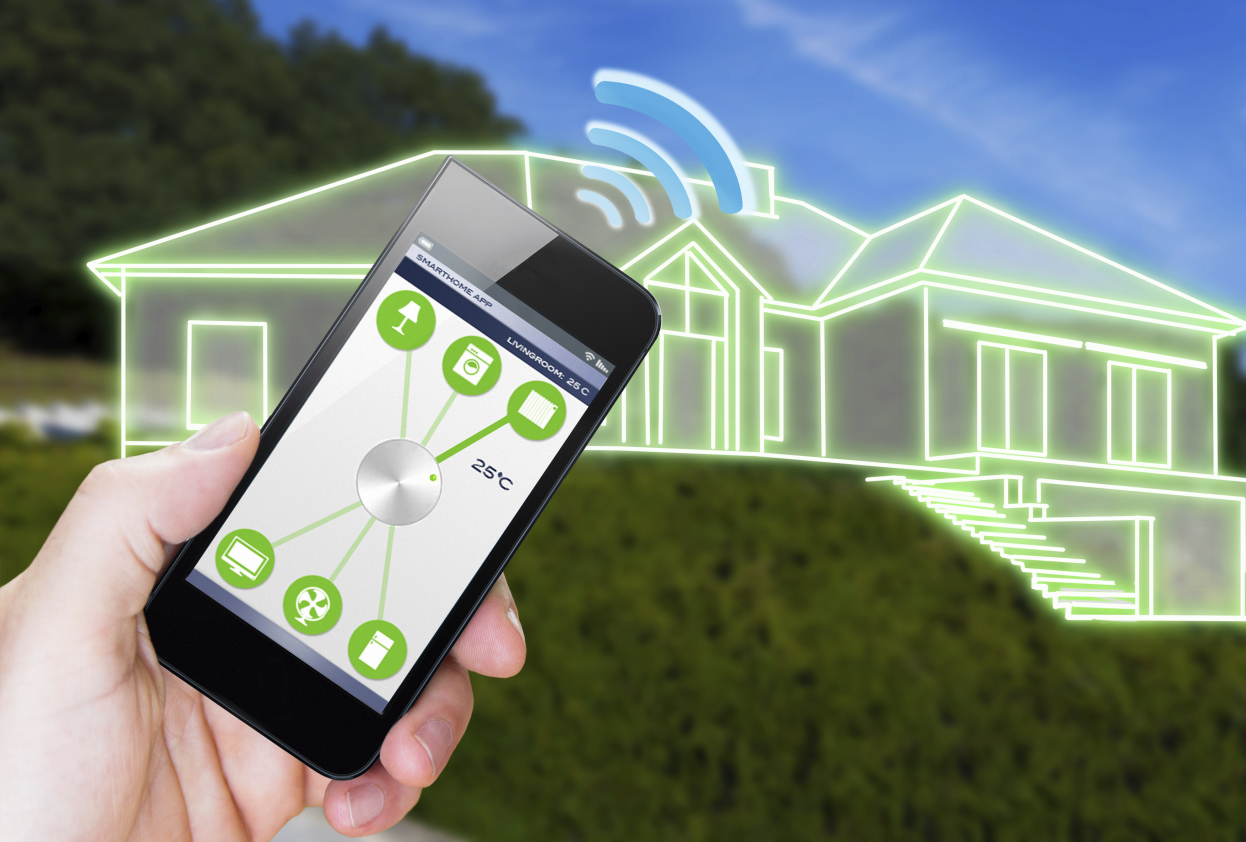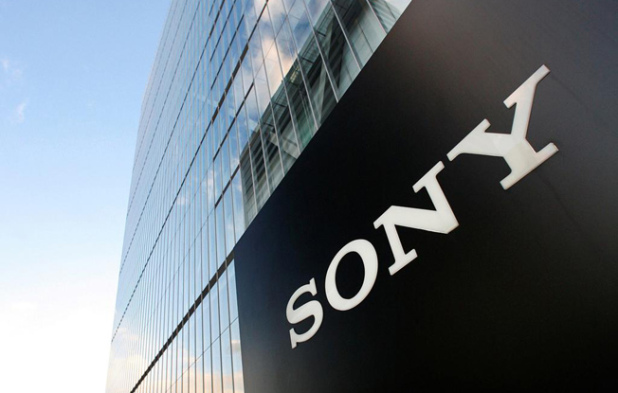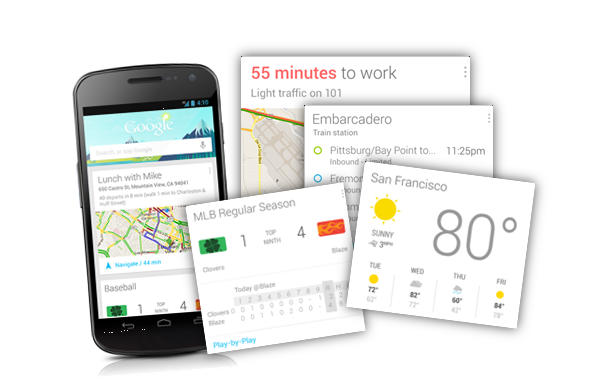IBM has released a proof of concept for blockchain-powered Internet of Things devices called ADEPT, short for Autonomous Decentralized Peer-To-Peer Telemetry. The system design is fully distributed, secure, and open source. Primarily based on the blockchain, which is the protocol that underpins BitCoin and the other cryptocurrencies, ADEPT also incorporates Ethereum for smart contracts, TeleHash for fast, secure, peer-to-peer messaging, and BitTorrent for file sharing. The company is teaming up with Samsung, which will presumably help test and implement the system into their products.
“Imagine a world where a smart washer is able to detect a component failing, can check from the blockchain if the component is in warranty, place a service order with a contracted service provider, and the service provider can independently verify the warranty claim – again from the blockchain – and all this, autonomously.”
The distributed design allows IoT devices, which might have a useful life of ten years or more, to avoid using a cloud service with ongoing financial costs that would likely require selling user data to be sustainable. It also eliminates single points of failure—for example, a hacker would not be able to compromise a manufacturer’s update server to instruct every device to transfer cryptocurrency maliciously because there is no central server, and quarantining bad actors is built in.





